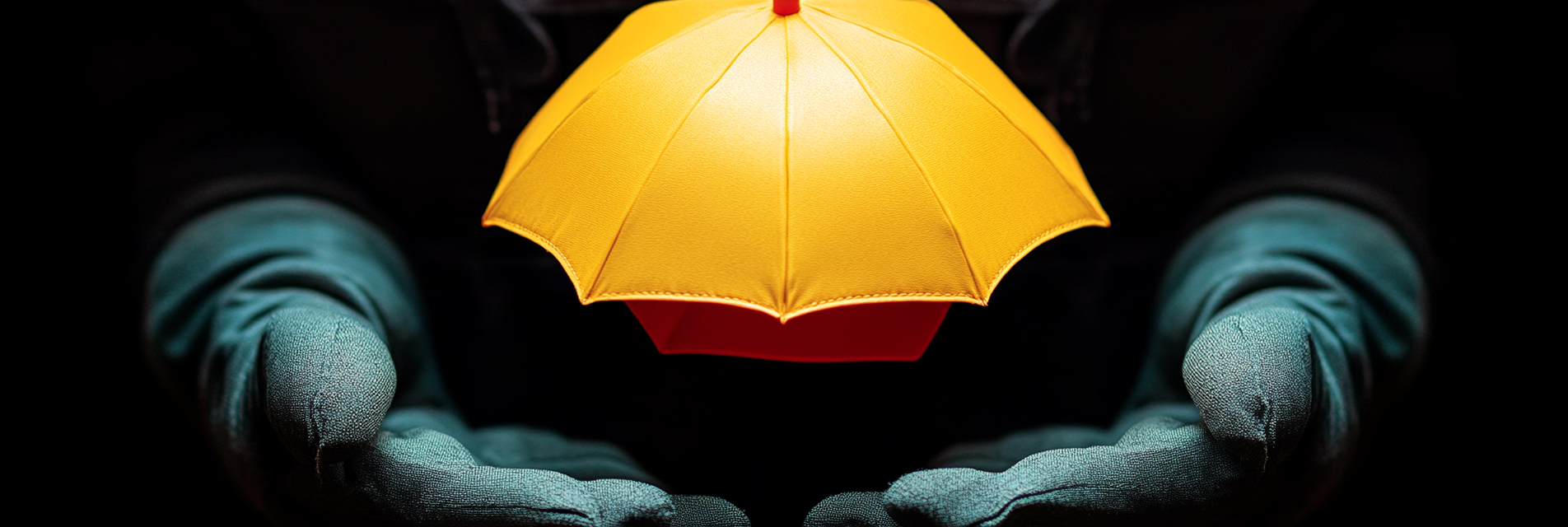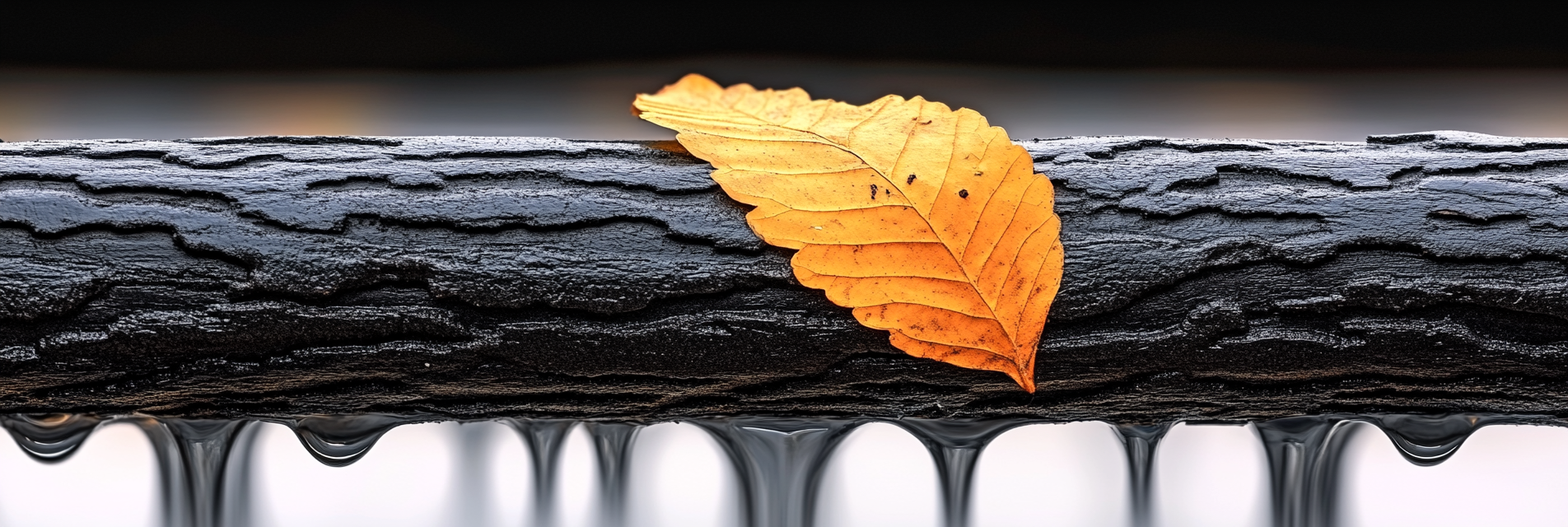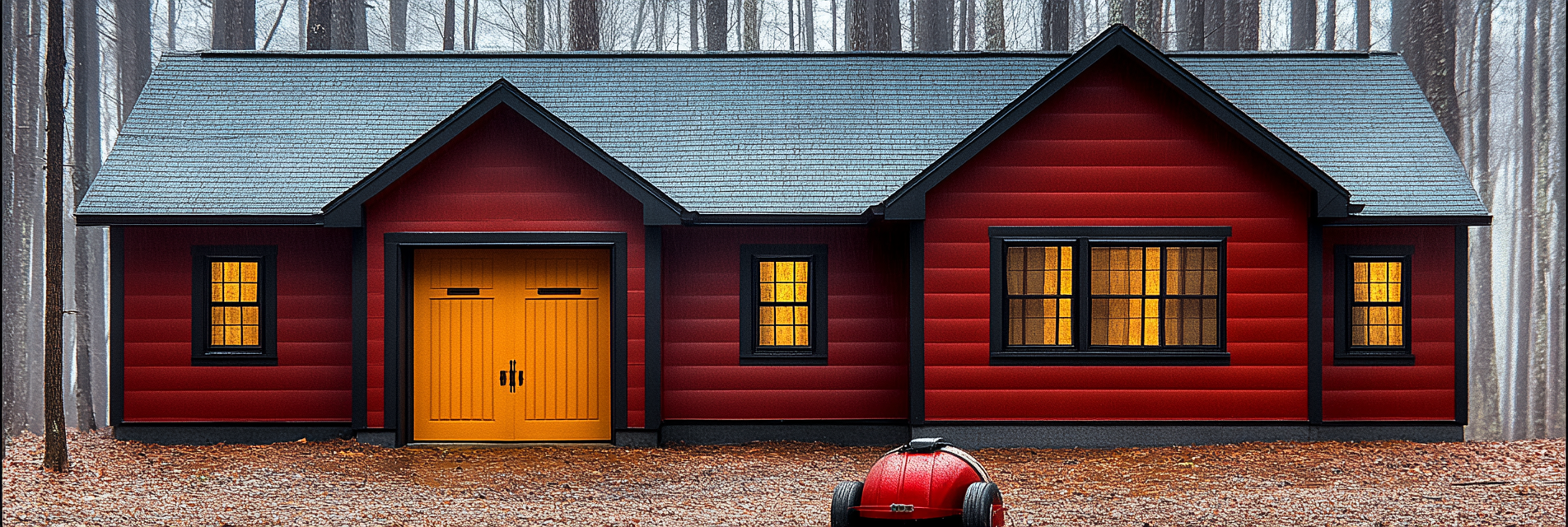Fire safety is an essential aspect of home safety, and having the right tools can make a critical difference in preventing and managing fires. This article covers key fire safety tools, how to use them correctly, and tips for maintaining them to ensure readiness when needed.
1. Fire Extinguishers
Fire extinguishers are a must-have in every home. They can help control small fires before they spread, but knowing how to use them correctly is essential.
- Types of Fire Extinguishers:
- Class A: For fires involving ordinary combustibles like wood and paper.
- Class B: For flammable liquids such as oil and gasoline.
- Class C: For electrical fires.
- Class ABC: Multi-purpose extinguishers that cover Class A, B, and C fires.
- Using a Fire Extinguisher – The PASS Method:
- P: Pull the Pin: Break the tamper seal by pulling the pin.
- A: Aim at the Base: Direct the nozzle at the base of the fire.
- S: Squeeze the Lever: Press the lever to release the extinguishing agent.
- S: Sweep Side to Side: Move the nozzle in a sweeping motion across the base until the fire is out.
Maintenance Tip: Check the pressure gauge monthly to ensure it’s in the green zone, indicating the extinguisher is fully charged. Replace or recharge after use.
2. Smoke Detectors
Smoke detectors are vital for early fire detection and alerting household members before a fire spreads.
- Types of Smoke Detectors:
- Ionization Detectors: Best for detecting fast-flaming fires.
- Photoelectric Detectors: More effective at detecting slow, smoldering fires.
- Dual-Sensor Detectors: Combine both ionization and photoelectric technologies for comprehensive coverage.
- Proper Installation:
- Location: Install on every floor, inside bedrooms, and outside sleeping areas.
- Ceiling Placement: Place smoke detectors on ceilings or high on walls, as smoke rises.
- Avoid: Do not place detectors near windows or vents, as drafts can interfere with their operation.
Maintenance Tip: Test smoke detectors monthly and replace the batteries at least once a year. Replace the entire unit every 10 years.
3. Carbon Monoxide Detectors
Carbon monoxide (CO) detectors alert you to dangerous levels of CO, an odorless, colorless gas that can be deadly.
- Placement:
- Install at least one CO detector on each floor, near sleeping areas, and in rooms with fuel-burning appliances.
- CO detectors can be mounted at any height but are most effective when placed at knee height or higher.
Use Case Scenario: A CO detector placed near a gas heater sounds an alarm in the middle of the night, alerting the family to a potential leak. This early warning allows everyone to evacuate safely and call for help.
4. Fire Blankets
Fire blankets are made of fire-retardant materials and can be used to smother small fires or wrap around a person if their clothing catches fire.
- Using a Fire Blanket:
- Pull: Pull the blanket out of its container using the handles.
- Cover the Fire: Lay the blanket over the fire to smother it, making sure not to throw it, as this could fan the flames.
- Leave in Place: Keep the blanket in place until the fire is completely extinguished.
Product Tip: Keep a fire blanket like the Tonyko Fiberglass Fire Blanket in high-risk areas like the kitchen and garage.
5. Fire Escape Ladders
For homes with multiple stories, fire escape ladders provide an essential exit option during a fire.
- Types of Ladders:
- Fixed Ladders: Permanently installed outside the home.
- Portable Ladders: Foldable and stored near windows for quick deployment.
- How to Use a Portable Fire Ladder:
- Hook the ladder over the window sill.
- Ensure it is secure before climbing out.
- Descend carefully, using both hands and feet for stability.
Safety Tip: Practice deploying and using the ladder with your family during non-emergency times to build confidence.
6. Emergency Lighting
Power outages often accompany fires, making emergency lighting an important tool.
- Options:
- Battery-Operated LED Lights: Provide reliable light during power outages.
- Glow Sticks: Safe, non-electric option for children and emergency kits.
- Solar-Powered Lanterns: Charge during the day and provide light at night.
Maintenance Tip: Regularly check and replace batteries in your emergency lights to ensure they are ready when needed.
7. Fire Escape Plan
Every household should have a well-rehearsed fire escape plan:
- Map Your Home: Identify two exit routes from each room and mark them on a floor plan.
- Designate a Safe Meeting Spot: Choose a location outside the home where everyone can gather after evacuating.
- Practice Regularly: Conduct fire drills at least twice a year and practice using fire safety tools during the drill.
- Include Pets: Ensure all household members are accounted for during your fire drills.
8. Fire Sprinklers and Suppression Systems
For advanced fire safety, home fire sprinklers and suppression systems can provide automatic response to fires.
- Benefits:
- Early Response: Sprinklers activate when heat is detected, reducing fire spread before it becomes unmanageable.
- Minimal Water Damage: Contrary to popular belief, sprinklers use a small amount of water compared to the amount used by fire hoses.
9. Maintaining Fire Safety Tools
Regular maintenance of fire safety equipment is essential for ensuring it functions correctly when needed:
- Smoke and CO Detectors: Test monthly, replace batteries annually, and replace units as needed.
- Fire Extinguishers: Inspect monthly and recharge or replace after use or as recommended by the manufacturer.
- Fire Blankets and Ladders: Inspect visually for any signs of damage and ensure they are stored in accessible locations.
10. Training Your Family
Familiarize your family members with fire safety tools and how to use them:
- Hands-On Practice: Teach family members how to use fire extinguishers and ladders. Practice deploying fire blankets and identifying smoke and CO detector sounds.
- Educational Materials: Use videos, manuals, and in-person training sessions to reinforce understanding and readiness.
Conclusion
Fire safety tools are only effective when used properly and maintained regularly. By equipping your home with essential fire safety devices and training your household members on their correct usage, you can significantly increase your family’s preparedness for fire emergencies. Paul Lindberg’s Dryer Fire Fighters emphasizes the importance of proactive fire safety measures to ensure the well-being and protection of your home and loved ones.
Serving the communities of:
Kennewick | Pasco | Richland | West Richland | Finley | Burbank | Benton City | Prosser | Grandview | Connell
As the sole certified dryer exhaust technician recognized by CSIA.org in the Tri-Cities area, Paul brings a wealth of expertise to fire prevention. His primary focus lies in addressing the root cause of many residential fires: lint buildup in dryer cavities and vents. Through rigorous inspections and thorough cleanings, Paul ensures that families and businesses can enjoy peace of mind, knowing their properties are safeguarded against fire risks.









































